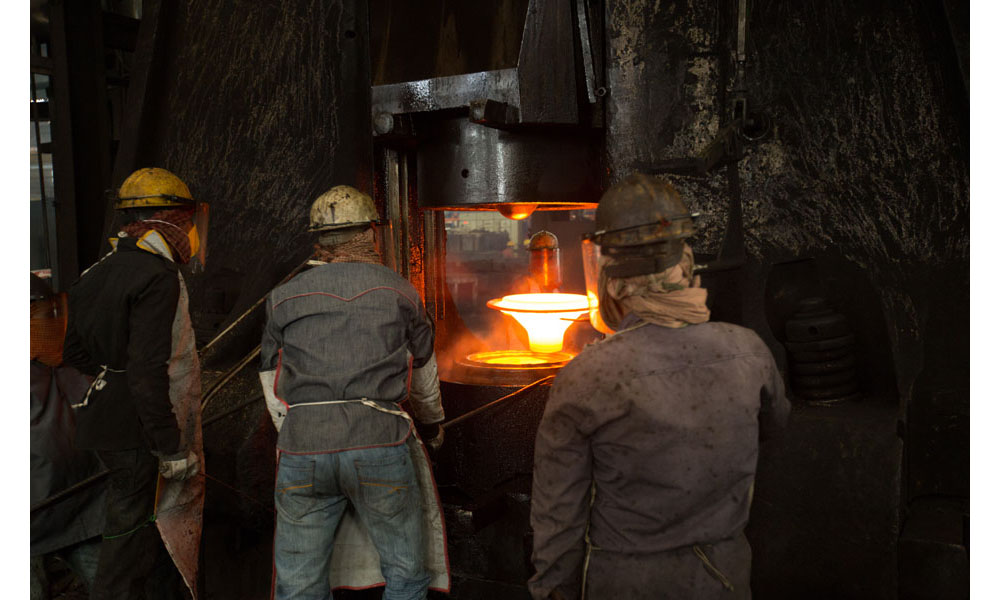SAE AISI 1035 Steel Properties, C1035 Carbon Steel Yield Strength, Equivalent
C1035 is a medium carbon, medium tensile steel supplied as-forged or normalized. This steel shows reasonable strength, toughness and wear resistance.
ASTM SAE AISI 1035 Carbon Steel
| Chemical Analysis | |
|---|---|
| C | Carbon 0.32 – 0.38 |
| Mn | Manganese 0.60 – 0.90 max |
| P | Phosphorus 0.040 max |
| S | Sulfur 0.050 max |
General characteristics of Carbon Steel 1035
C1035 is a medium carbon, medium tensile steel supplied as-forged or normalized. This steel shows reasonable strength, toughness and wear resistance.
Applications
This grade of steel is used for forged parts where the strength and toughness of the material are appropriate. C1035 may be used for the manufacture of links and couplings, gears, forged shafts and axles. It may also be used for the production, by open die forging, of such diverse parts as a 4,000 lb hub for a mining shovel.
Forging
C1035 may be forged from 2200ºF (1205ºC) down to 1650ºF (900ºC.) The actual forging and finishing temperatures will depend on a number of factors, including overall reduction during forging and complexity of part being forged. Experience alone will determine near exact values for these two parameters.
Parts are air cooled after forging.
Heat treatment
Annealing
Full annealing of small C1035 forgings is carried out from 1550-1625ºF (840-890ºC) followed by furnace cooling at 50ºF (28ºC) per hour, to 1200ºF (650ºC) soaking and air cooling.
Normalizing
The normalizing temperature range for this grade is typically 1600-1650ºF (870-900ºC.)
Normalizing is followed by cooling in still air. When forgings are normalized before hardening and tempering or other heat treatment, the upper range of the normalizing temperature is used. When normalizing is the final treatment, the lower temperature range is used.
Hardening
Hardening of this grade is carried out from an austenitizing temperature of 1525-1575ºF (830-860ºC) and oil or water quenching.
Flame and induction hardening may be carried out by heating quickly to the desired case depth and quenching in water or oil. This should be followed by a tempering treatment at 300-400ºF (150-200ºC) to reduce stresses in the case without affecting its hardness. A surface hardness of Rc 50 may be obtained by this treatment.
Tempering
Tempering after normal hardening and oil or water quenching is carried out at 750-1260 ºF (400-680ºC) to give the required mechanical properties as determined by practical experience.
Machinability
Machinability of C1035 is good providing the full annealing cycle described above is used, ensuring a coarse lamellar pearlite to coarse spheroidite microstructure.
Weldability
This grade is readily welded with the correct procedure. Welding in the through-hardened or flame or induction-hardened conditions is not recommended.
Low-hydrogen electrodes are recommended together with preheat at 300-500ºF (150-260 ºC) to be maintained during welding, Cool slowly and stress relieve where possible.

